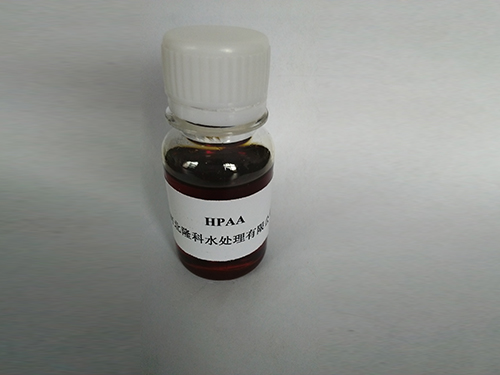2 月 . 16, 2025 08:10
Back to list
nonionic polyacrylamide
Nonionic polyacrylamide, often referred to as NPAM, is a high molecular weight polymer known for its outstanding ability to modify fluid dynamics and facilitate coagulation and flocculation in a wide array of industrial processes. The distinctive feature of this polymer lies in its non-ionic properties, which allow it to operate efficiently in environments with varying pH levels and ionic strengths. Its versatility and reliability make it indispensable across several sectors, including wastewater treatment, paper manufacturing, mineral processing, and enhanced oil recovery.
Enhanced oil recovery (EOR) represents another frontier where nonionic polyacrylamide proves its mettle. The polymer is renowned for improving the sweep efficiency of water floods in reservoirs, a critical aspect in tertiary oil recovery. EOR specialists appreciate NPAM's high thermal stability and resistance to shear degradation, which are pivotal in maintaining viscosity under harsh reservoir conditions. Through its application, oil companies have documented increased recovery rates, prolonging the productive life of oil wells and maximizing resource extraction. As industries increasingly prioritize sustainable practices, the role of nonionic polyacrylamide becomes ever more crucial. Its capability to operate effectively across diverse environmental conditions without contributing to ecological harm echoes the industry's shift toward green chemistry. Through rigorous quality control measures and continuous research and development, nonionic polyacrylamide manufacturers are advancing the polymer's performance capabilities, ensuring its continuing relevance to industry demands. Purchasers of NPAM should prioritize sourcing from reputable suppliers who adhere to stringent production standards. Industry experts emphasize the importance of supplier transparency, where detailed information on polymer specifications and application guidelines can dramatically affect outcome efficiency. This assurance of quality underpins the trust placed in NPAM across various sectors. To conclude, nonionic polyacrylamide is not merely a chemical agent but a cornerstone in the evolution of numerous industrial processes. Its ability to seamlessly integrate into diverse operational flows while enhancing efficiency and supporting sustainability demonstrates its invaluable contribution to modern industry. As needs evolve, continuous innovation in NPAM formulations promises even greater future potential, underscoring the polymer's role in shaping tomorrow's environmental and industrial landscapes.


Enhanced oil recovery (EOR) represents another frontier where nonionic polyacrylamide proves its mettle. The polymer is renowned for improving the sweep efficiency of water floods in reservoirs, a critical aspect in tertiary oil recovery. EOR specialists appreciate NPAM's high thermal stability and resistance to shear degradation, which are pivotal in maintaining viscosity under harsh reservoir conditions. Through its application, oil companies have documented increased recovery rates, prolonging the productive life of oil wells and maximizing resource extraction. As industries increasingly prioritize sustainable practices, the role of nonionic polyacrylamide becomes ever more crucial. Its capability to operate effectively across diverse environmental conditions without contributing to ecological harm echoes the industry's shift toward green chemistry. Through rigorous quality control measures and continuous research and development, nonionic polyacrylamide manufacturers are advancing the polymer's performance capabilities, ensuring its continuing relevance to industry demands. Purchasers of NPAM should prioritize sourcing from reputable suppliers who adhere to stringent production standards. Industry experts emphasize the importance of supplier transparency, where detailed information on polymer specifications and application guidelines can dramatically affect outcome efficiency. This assurance of quality underpins the trust placed in NPAM across various sectors. To conclude, nonionic polyacrylamide is not merely a chemical agent but a cornerstone in the evolution of numerous industrial processes. Its ability to seamlessly integrate into diverse operational flows while enhancing efficiency and supporting sustainability demonstrates its invaluable contribution to modern industry. As needs evolve, continuous innovation in NPAM formulations promises even greater future potential, underscoring the polymer's role in shaping tomorrow's environmental and industrial landscapes.
Share
Next:
Latest news
-
The Ultimate Guide to Flocculants: Transforming Water TreatmentNewsNov.01,2024
-
Improve Your Water Treatment Solutions with PolyacrylamideNewsNov.01,2024
-
Enhance Your Water TreatmentNewsNov.01,2024
-
Empower You to Achieve the Highest Standards of Water QualityNewsNov.01,2024
-
Effective Scale InhibitorsNewsNov.01,2024
-
Discover the Power of Poly Aluminum Chloride in Water TreatmentNewsNov.01,2024





